Ticking Curiosity: Nurturing Children’s Fascination with Watches Through Education
In a world that constantly whirls with innovation and digital distractions, the humble watch often finds itself overshadowed by the gleam of smartphones and smartwatches. Yet, there lies a timeless charm in the intricate mechanics of traditional timepieces that can spark an enduring curiosity in young minds. ”Ticking Curiosity” delves into the captivating realm of horology, inviting educators, parents, and mentors to embrace the potential of watches as an educational tool. Through engaging lessons that combine art, science, and history, we can inspire children to appreciate the craftsmanship and ingenuity behind every tick and tock. Join us as we explore how fostering an understanding of watches not only nurtures a fascination with timekeeping but also encourages critical thinking, creativity, and a deeper connection to the world around them.
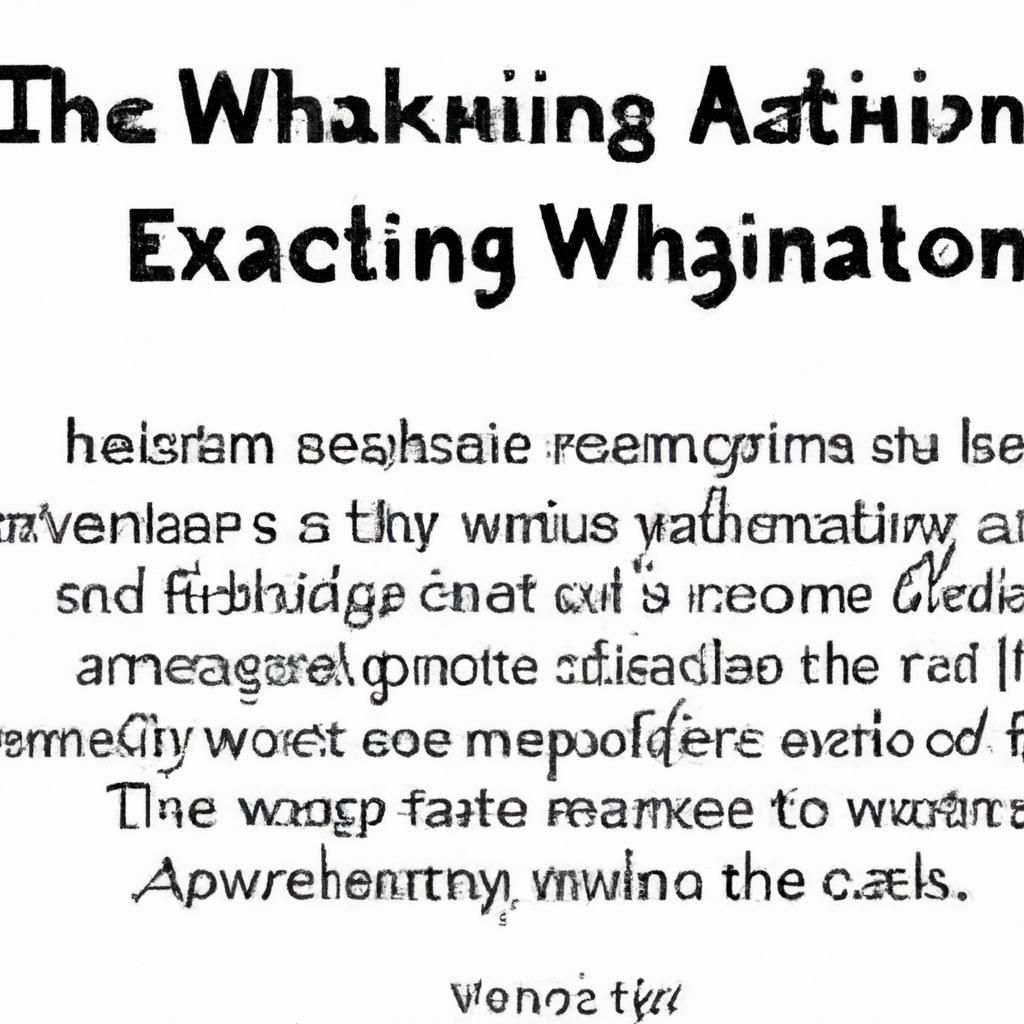
Cultivating Time Awareness: Engaging Activities to Spark Interest in Watch Mechanics
Fostering an intrigue in watches can be as exhilarating as the mechanisms within them. Start by introducing children to the fascinating world of watch mechanics through hands-on **craft activities** that stimulate curiosity and understanding. **Engaging projects** like creating a DIY paper clock or assembling a simple wristwatch can pique interest effectively. These activities not only teach time-telling but also introduce basic concepts of gears and movement, enhancing their **problem-solving skills** and sparking questions about how these intricate devices work. To further amplify this engagement, consider organizing a **watch disassembly session** where kids can carefully take apart old or non-functional watches. This step-by-step exploration allows them to visually grasp the components—such as springs, gears, and escapements—leading to a deeper appreciation of the craftsmanship behind timekeeping.
In addition to hands-on activities, incorporating **storytelling and historical context** around watches can captivate young minds. Share intriguing tales of famous watches that have marked significant moments in history or feature adventurous characters from literature who relied on timekeeping for their escapades. Pair this with interactive **workshops** that blend creativity and knowledge, such as designing their own watch faces or designing time-themed art projects, which can serve as a perfect bridge between learning and fun. Consider using **field trips** to local watchmaker shops or museums where children can witness the art of horology in action. Such experiences amplify understanding and add practicality to their learning, making the concept of time not just a measurement but a vibrant part of their daily lives.
| Activity Type | Description | Skills Developed |
|---|---|---|
| Hands-On Projects | Create DIY clocks and wristwatches. | Problem-solving, creativity |
| Disassembly Sessions | Take apart old watches to explore mechanics. | Critical thinking, motor skills |
| Storytelling | Share historical anecdotes about watches. | Comprehension, imagination |
| Workshops | Design watch faces and time-themed art. | Artistic skills, teamwork |
| Field Trips | Visit watchmaker shops or museums. | Hands-on learning, interest in horology |

The Art of Timing: How Watches Inspire Creativity and Problem-Solving in Young Minds
In a world where every second counts, watches serve as both functional tools and creative muses for the imaginative minds of children. The mechanics of timepieces unveil intricate layers of artistry and engineering, prompting young learners to explore **concepts of mechanics**, **design**, and **mathematics** in a playful way. By engaging with watches, children can discover how various components work together to tell time, igniting their interest in problem-solving and constructive thinking. This exploration can stimulate their creativity as they ponder questions like:
- How does the watch keep accurate time?
- What materials create different aesthetics?
- Can I design a watch that represents my personality?
Incorporating the theme of time into educational activities can also enhance children’s ability to conceptualize and organize their thoughts. Classroom projects might include designing their own watches, which demands thoughtful consideration of factors such as **functionality** and **style**. Activities can utilize simple tables to help children measure and compare various design aspects, fostering collaborative efforts among peers. For example:
| Watch Feature | Option A | Option B | Option C |
|---|---|---|---|
| Color | Red | Blue | Green |
| Material | Plastic | Metal | Leather |
| Style | Sporty | Classic | Futuristic |
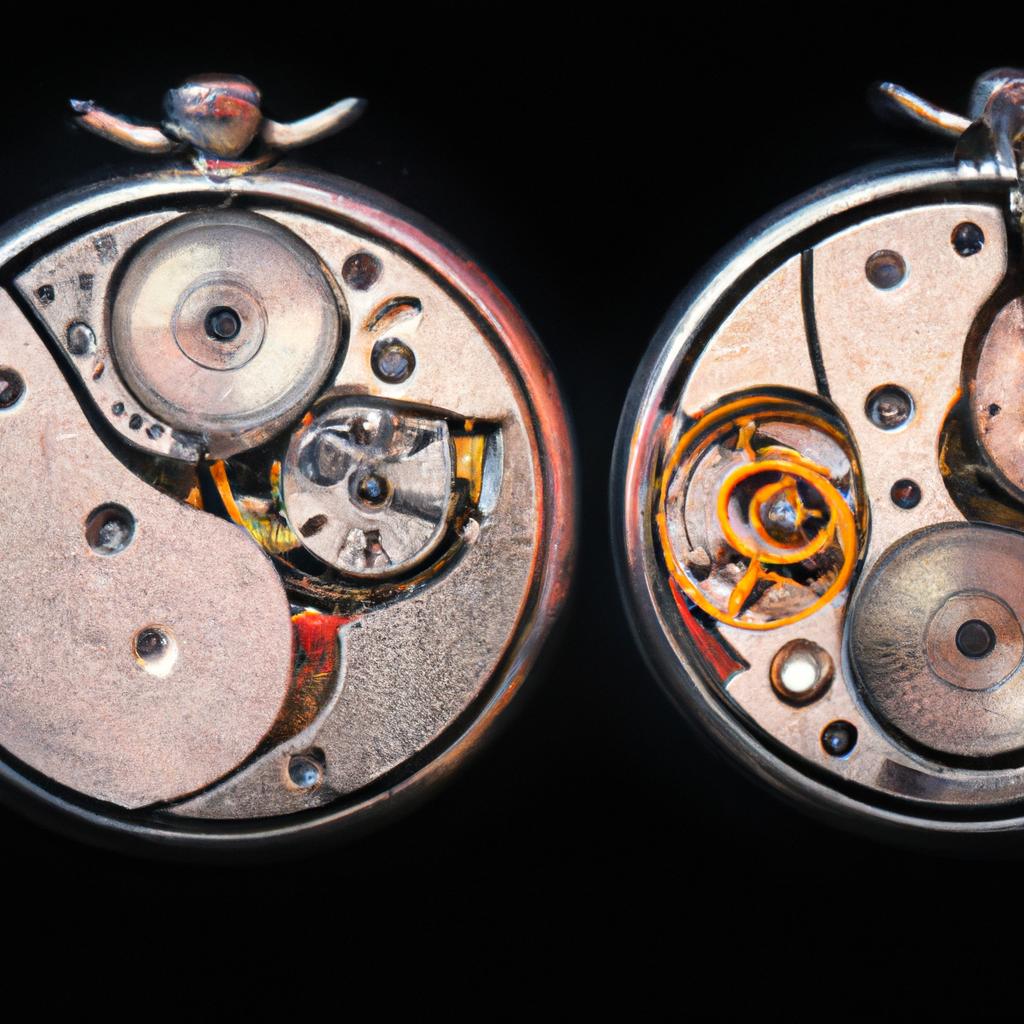
Connecting Generations: Teaching the Value of Tradition and Innovation Through Horology
In a world where technology evolves at breakneck speed, the art of horology offers a unique confluence of tradition and innovation that can captivate young minds. Through interactive workshops and hands-on activities, children can explore the intricate mechanisms of timepieces, gaining an appreciation for craftsmanship that has been honed over centuries. By exposing them to both **historic timekeeping techniques** and modern advancements, we cultivate an understanding of how innovation can arise from time-honored practices. Activities such as disassembling a watch or crafting a simple sundial allow students to experience the thrill of creation while fostering a respect for the past.
Moreover, the world of watches is rich with narratives that illustrate both **cultural significance** and **technological advancement**. Incorporating stories of famous watchmakers, the evolution of timekeeping, and the international impact of horology can ignite curiosity and conversations across generations. A well-crafted lesson plan might include:
- Exploring iconic watch brands and their histories
- Understanding how watches have influenced technology and society
- Creating a timeline of watch innovations
| Watch Brand | Year Established | Innovation |
|---|---|---|
| Rolex | 1905 | First waterproof watch |
| Patek Philippe | 1839 | First wristwatch |
| Swatch | 1983 | Affordable fashion watches |
Engaging children with such explorations encourages critical thinking about how **innovation builds upon tradition**, creating a sense of continuity in the ever-changing landscape of technology. By weaving these narratives into educational experiences, we not only foster an appreciation for horology but also equip young learners with the tools to innovate within their own lives, ensuring that the legacy of watchmaking inspires the next generation.
The Conclusion
As the hands of a clock gracefully sweep across its face, they remind us that time is more than just a sequence of moments; it is a canvas upon which curiosity is painted. In nurturing children’s fascination with watches, we spark an introspective journey of discovery that transcends mere mechanics. By integrating lessons about the science, history, and artistry behind these timepieces into educational practices, we empower young minds to explore the world around them with a sense of wonder and inquiry.
In cultivating this interest, we lay the groundwork for skills that extend beyond the classroom—problem-solving, critical thinking, and even creative expression. Just as each watch tells a unique story, every child brings their own narrative to the table, enriched by the knowledge and skills they acquire. As we close this exploration of “Ticking Curiosity,” let us remember that fostering a passion for watches is not just about the ticking time; it’s about the timeless journey of learning, understanding, and ultimately, cherishing the fleeting moments that tick by. So let’s encourage the next generation—who knows what marvels their curiosity will unlock?

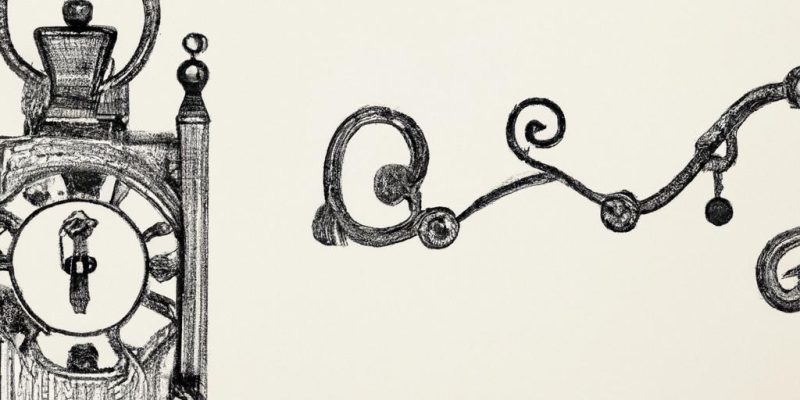
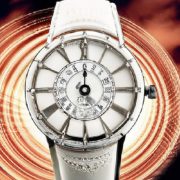

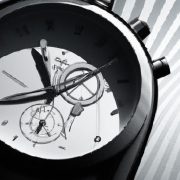










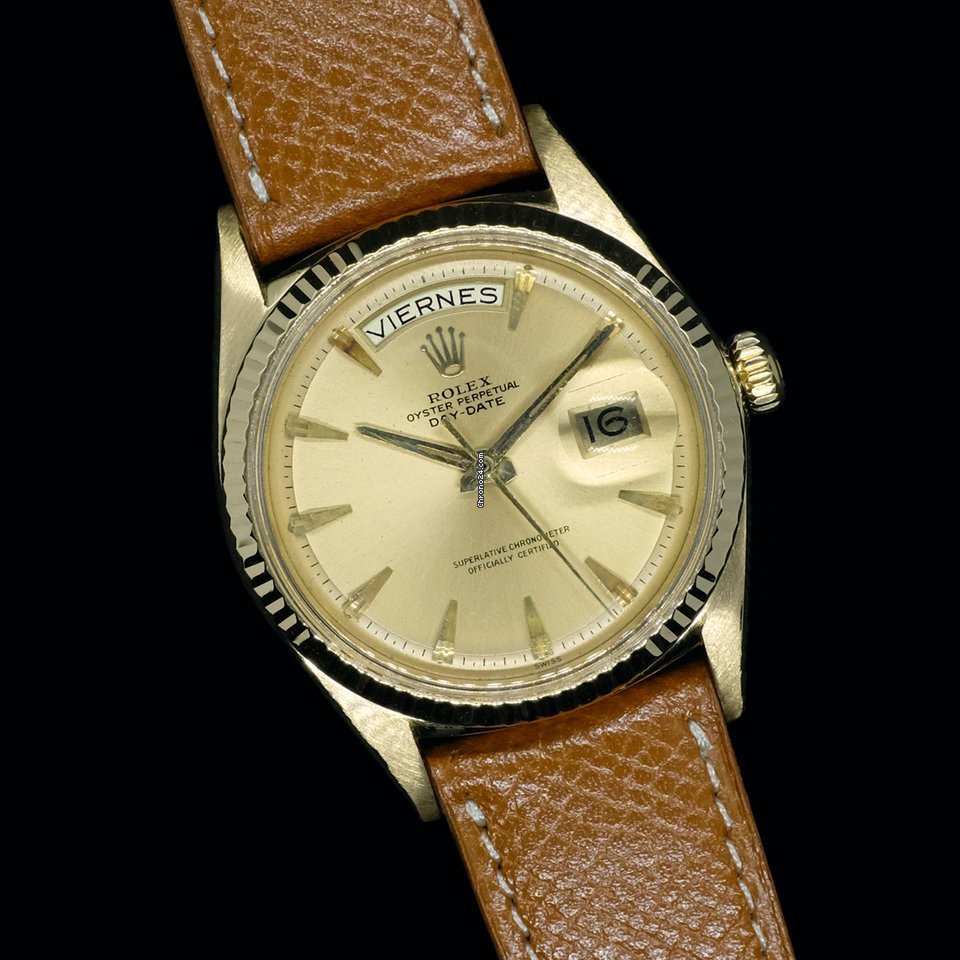

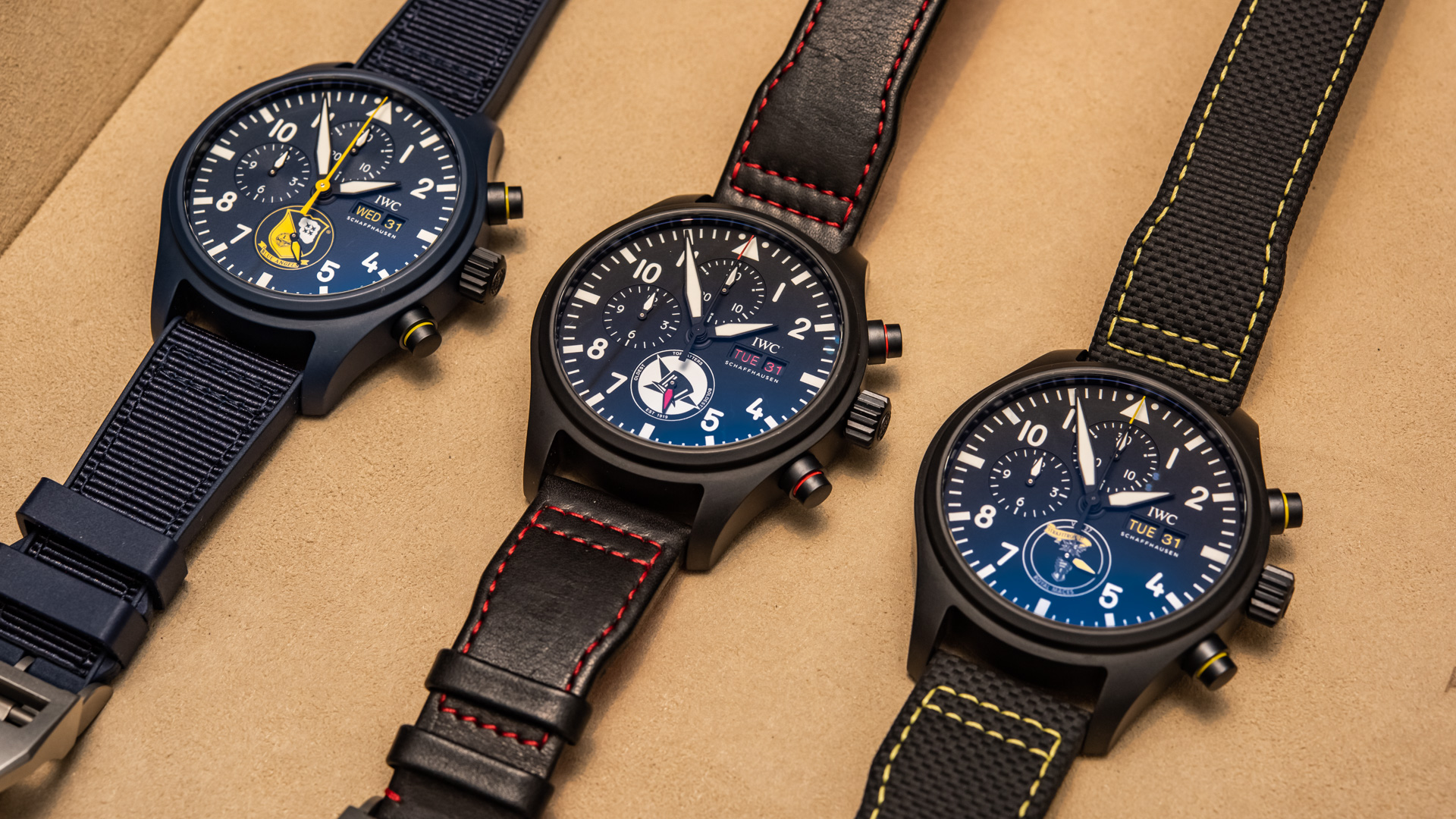
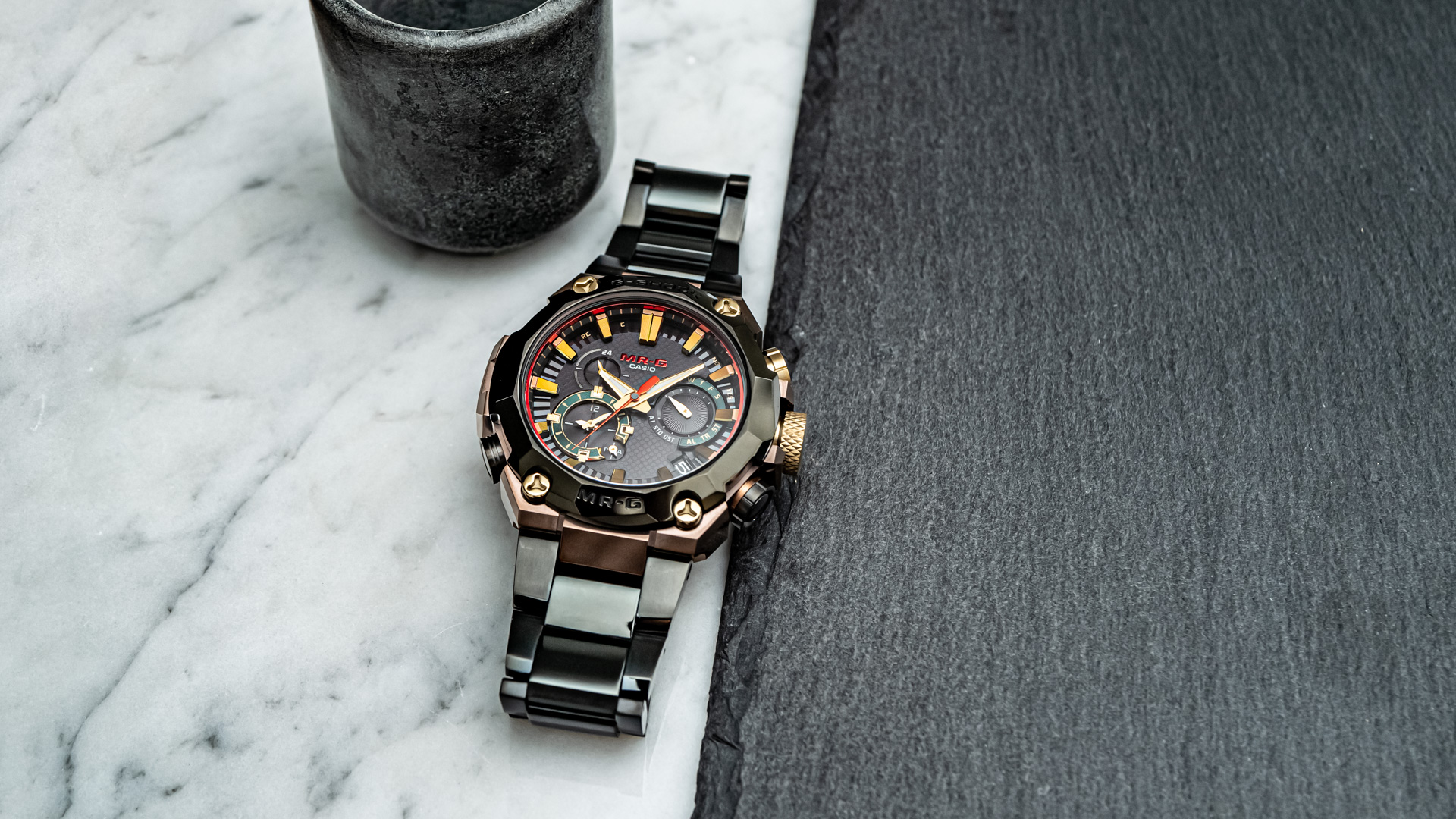
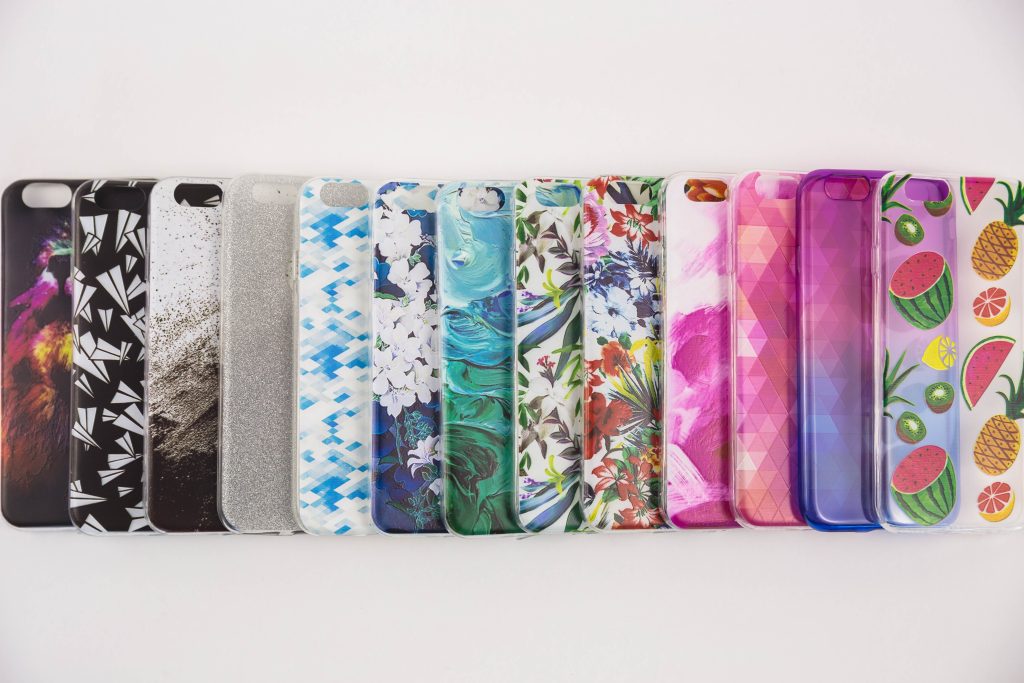

Comments